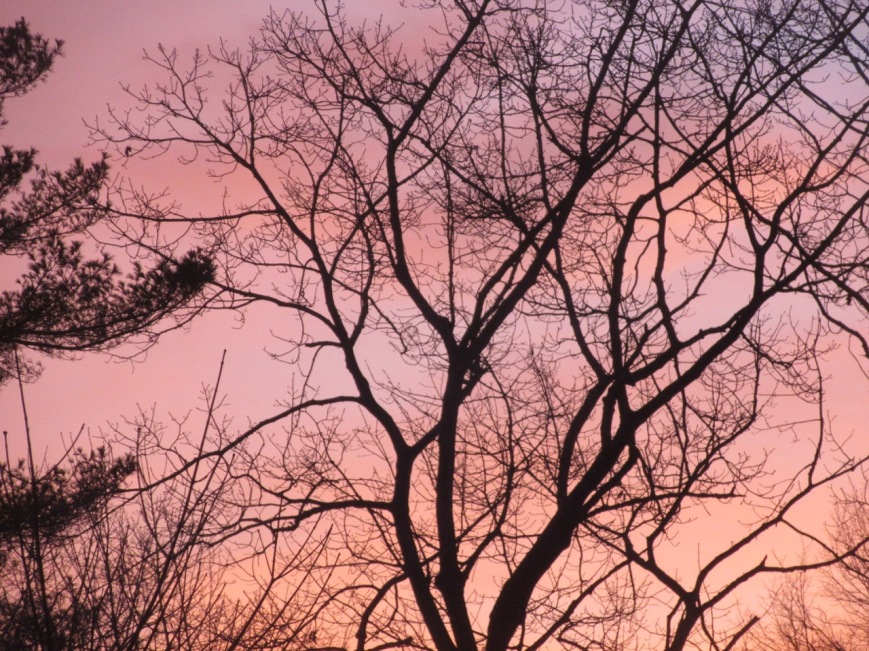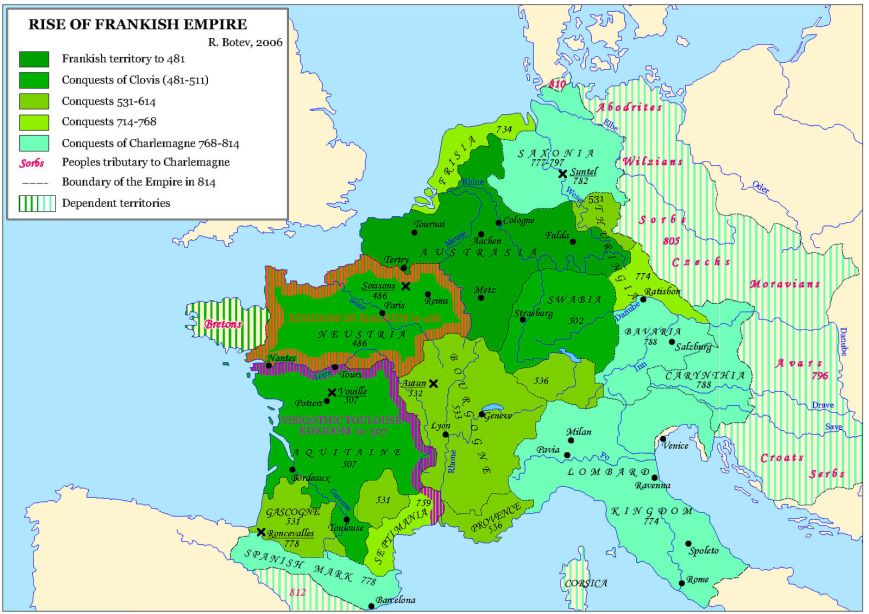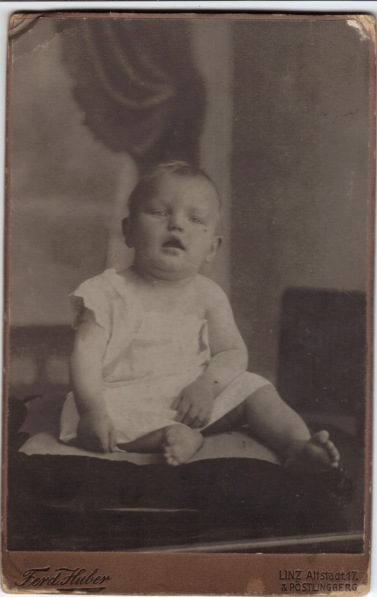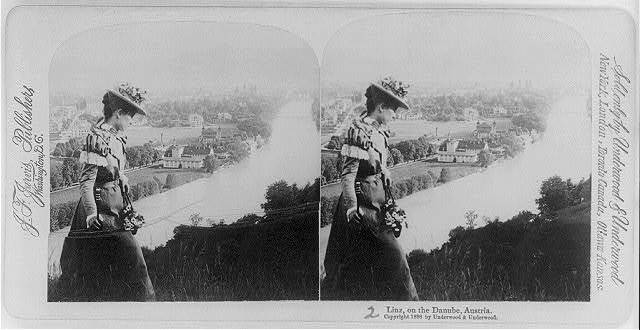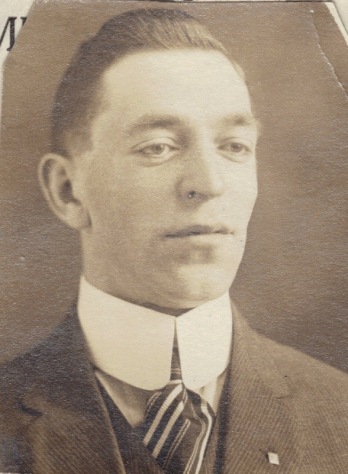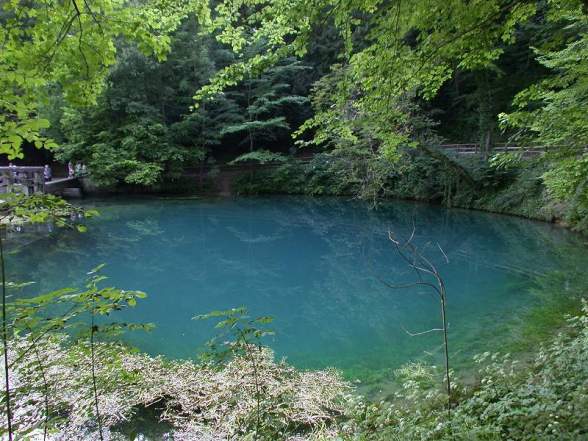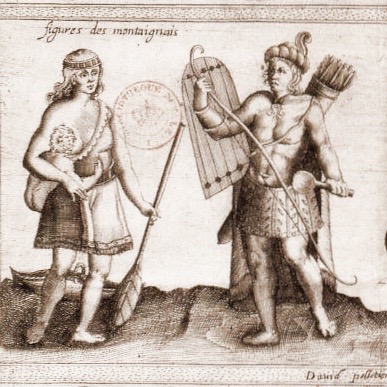Some presenters at Healing Turtle Island this summer suggested that we all, colonizers included, should seek to uncover our own distant Indigenous languages. I had the idea then to learn to introduce myself in the Innu language, the language of my matrilineal ancestors, and then to mark their transitions to other languages. (Three of my grandparents have Germanic roots, but in this exercise, I limited myself to my matrilineal line.)
I want to thank Roger Paul, my teacher of Passamaquoddy/Wolastaqey, because I could not have approached the Innu language without having learned so much about Passamaquoddy. From what I can tell, the structures of these languages are the same, the grammar, the animacy, even some of the words are cognates. So with this foundation, I was able to use the Innu dictionary online to shape sentences that might bear some resemblance to how the language is spoken, though no doubt I have made errors.
After I was deep into it, I laughed at myself, because to whom could I speak these words, since I am not in touch with any Innu people right now? But then it seemed that perhaps they were for my ancestors in the spirit world. And so this is dedicated to them. I also want to acknowledge that though I have studied French, Google translate was my helper in the French language parts of this exercise, and unfortunately there is no Quebecois French in that translation program, so some subtleties have not been included. I have heard it said that Quebec French is closer to ancient French ways of speaking. I begin with a photo of my great-grandmother, since she is at the heart of the story.
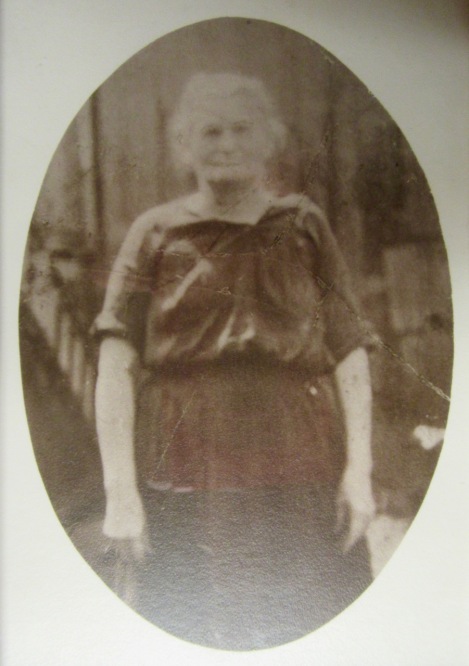
My great-grandmother Claudia Tremblay.
Mishen Claudia nitishinikashun.
My name is Mykel Claudia.
Claudia iapit nitanishkutapanukum ishinikashu.
Claudia is also the name of my great grandmother.
Shekutimit utshiu, ińnu-assit.
She is from Chicoutimi, in Innu territory.
Ukuma ińnushkueuńua, Mańi-Matińin ishinikashuńua.
Her grandmother is an Innu woman, whose name is Marie-Madeleine.
Ińnu-aimińua.
She speaks the Innu language.
Eukuannu nui ińnu-aimin.
That is why I want to speak the Innu language.
Mańi-Matińin uitshimeu Pień McLeod, kie mitshetusheu.
Marie-Madeleine marries Peter McLeod and she has many children.
Utanishu, Anisheń ishinikashuńua.
She has a daughter, named Angele.
Ashku Anisheń kutuńnuepipuneshit ashu nishtᵘ, ukauia Mańi-Matińin nipińua.
When Angele is thirteen years old, her mother Marie-Madeleine dies.
Natshe uitshimeu Anisheń kakussesht. Shushep Tremblay, kie mitshetusheu.
Later, Angele marries a French-Canadian, Joseph Tremblay, and she has many children.
Anisheń utanishu Claudia, nitanishkutapanukum an.
Angele has a daughter Claudia, that’s my great-grandmother.
Kakusseshiu-aimu.
She speaks the French-Canadian language.
Mon arrière-grand-mère Claudia parle la langue canadienne-française, comme son père Joseph Tremblay.
My great-grandmother Claudia speaks the French-Canadian language, like her father Joseph Tremblay.
Très probablement, Marie-Madeleine et Angele parlaient aussi la langue canadienne-française, ainsi que leur langue maternelle.
Most likely Marie-Madeleine and Angele also spoke the French-Canadian language, along with their mother tongue.
Mes ancêtres canadiens-français sont au Canada depuis le début de la colonisation, depuis l’an seize vingt.
My French-Canadian ancestors have been in Canada from the beginning of colonization, since the year 1620.
Je ne peux pas compter le nombre d’ancêtres français qui se sont installés au Québec, atteignant onze générations en arrière.
I cannot count the number of French ancestors who settled in Quebec, reaching eleven generations back.
Ils ont abattu de très nombreux arbres et cultivé la terre dans un climat difficile.
They cut down many, many trees and farmed the land in the difficult climate.
Malheureusement, leur arrivée a entraîné la maladie et la mort de nombreux Innus.
Sadly, their arrival brought disease and death to many Innu people.
Les Innus vivent dans leur terre depuis des temps immémoriaux, et y vivent encore aujourd’hui.
The Innu have lived in their land since time immemorial, and still live there today.
Claudia a une fille Yvonne, c’est ma grand-mère.
Claudia utanishu Ipuan, nukum an.
Claudia has a daughter Yvonne, that’s my grandmother.
Par ma grand-mère Yvonne, j’ai l’héritage des colonisateurs mais aussi, dans ma descendance matrilinéaire, l’héritage des colonisés.
Through my grandmother Yvonne, I have the heritage of the colonizers but also, in my matrilineal descent, the heritage of the colonized.
Yvonne a déménagé aux États-Unis à l’âge de dix-huit ans, où elle parlait anglais.
Yvonne moved to the United States when she was eighteen, where she spoke English.
Ipuan atutsheu Upashtuneu-assit ashku kutuńnuepipuneshit ashu nishuaush, tanite akańeshau-aimit.
Yvonne has a daughter Carol, that’s my mother.
Yvonne a une fille Carol, c’est ma mère.
Ipuan utanishu Kańań, nikaui an.
English is my first language.
L’anglais est ma première langue.
Nitakańeshau-aimin ńishtam.


